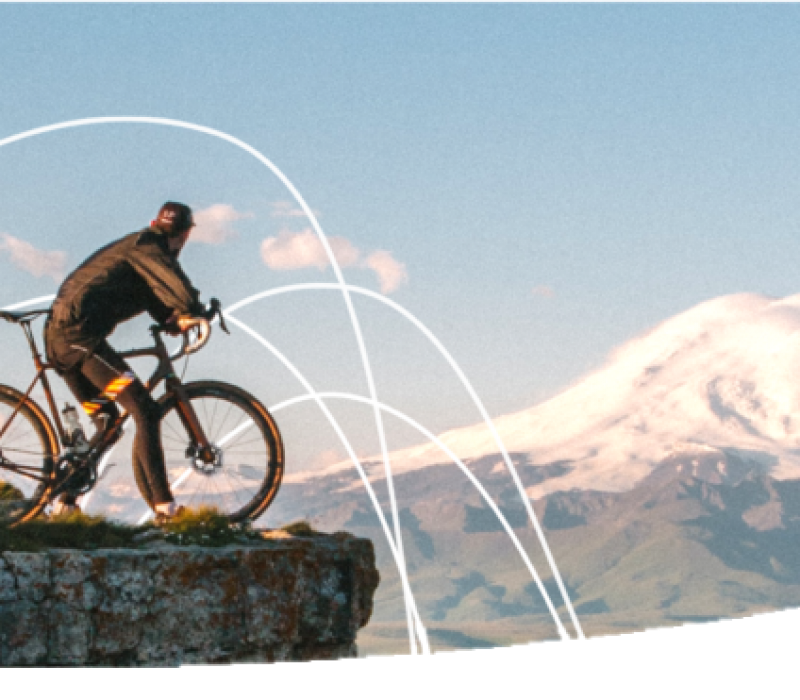New Workshop -
Understanding the Anatomy of Movement
This weekend contains the anatomy lessons we all should have had at the beginning of our training.
The workshop is for therapists who are tired of protocols and bored by the constant invention of 'the next new thing' and want to take control of their sessions and address their clients' individuality.
It is designed as an education that empowers you to take control of movement - you will see the anatomy, predict and describe how the tissues and joints react, and create any exercise to have precise individual reactions for any client.
We will explore full-body movement and learn how movement naturally flows through the body. We will then revisit the precise anatomical language that empowers our understanding of the anatomy of movement without resorting to invented anatomical concepts and unnecessary new vocabulary.
We will clarify and illustrate the standard anatomical terminology in a way that has not been presented before. In particular, we'll examine the relationship between the planes of movement and the descriptions of joint movement, providing a comprehensible framework that enhances your understanding of movement.
Participants will learn how to combine positioning and movement directions effectively to create specific effects in any part of the body. This knowledge will enable you to design exercises tailored to your clients' needs.
Attendees will engage in various exercises to deepen their understanding of anatomy.
We will investigate muscle nomenclature, positions, and the influence of different joint types on movement. Additionally, we will discuss muscle functions and their interactions with fascia—going beyond just elasticity.
This workshop is not about advancing therapists' practices; rather, it aims to establish a solid foundation of understanding that is often lacking in most training programs. The absence of a foundational grasp of anatomical language can lead to confusion and disempowering therapists.
With a strong foundation, therapists will be able to:
- Recognize the effects of nearly every exercise,
- Predict outcomes during any movement,
- Describe the body's full response during movement,
- Communicate accurately with other professionals, and
- Adapt to new approaches more effectively—allowing them to incorporate new training and enhancements to their practice more smoothly and deeply.
Click here to book your place
Functional Bodywork
Two 2-Day Workshops
Our clients need to function in the real-world but many assessments, treatments and sometimes even the criteria for client discharge are based on non-contextual and non-load bearing tests. By applying a fully tensegrity-based approach to manual therapy we can work in context and with loads to better prepare our clients for life in the real world.

Born To Walk
2 Days
Taking those next steps into seeing and assessing movement allows the complexities of movement to become perceivable. Once we can perceive the body’s relationships in movement we can work more accurately and more appropriately for our client.


